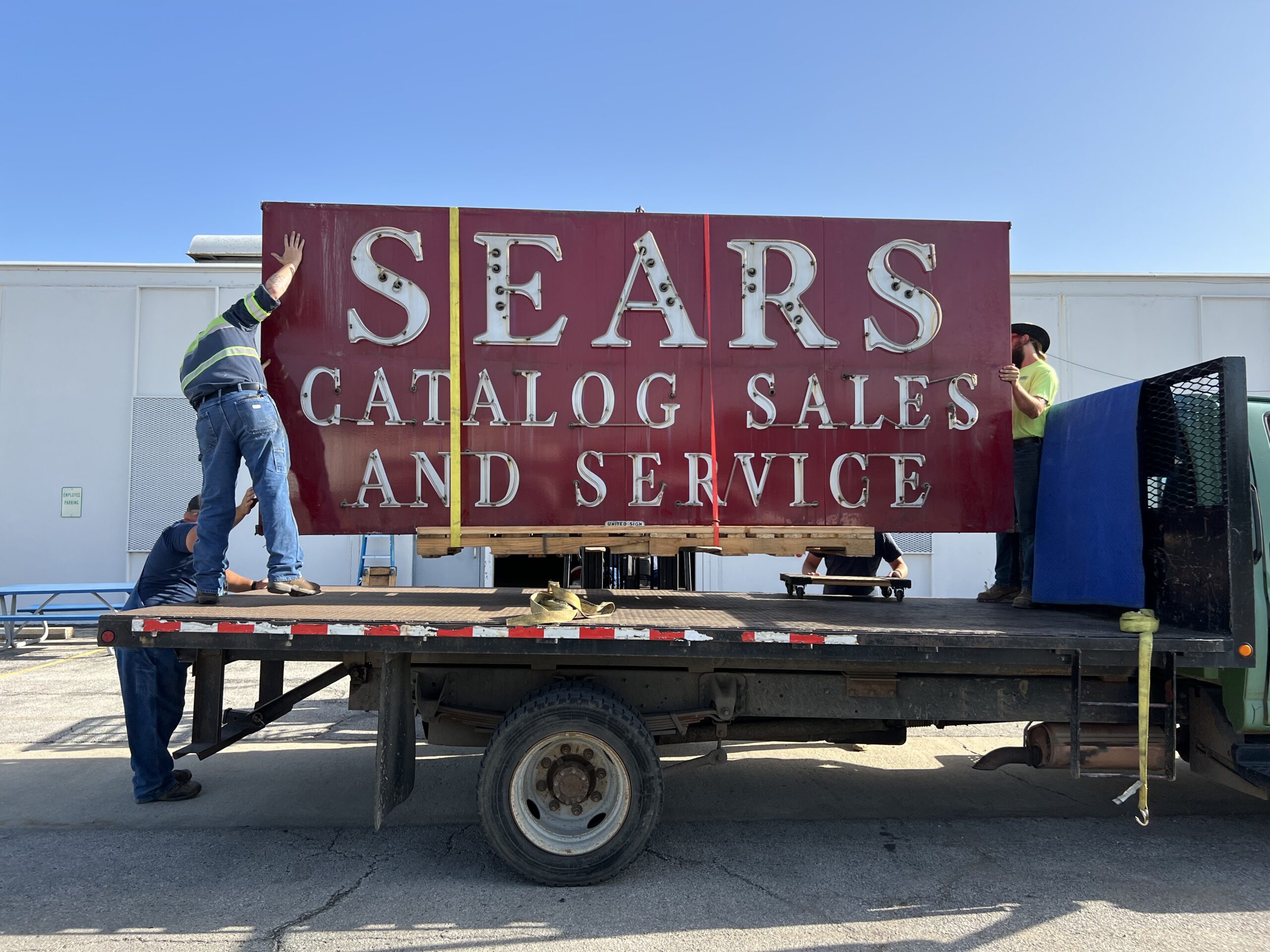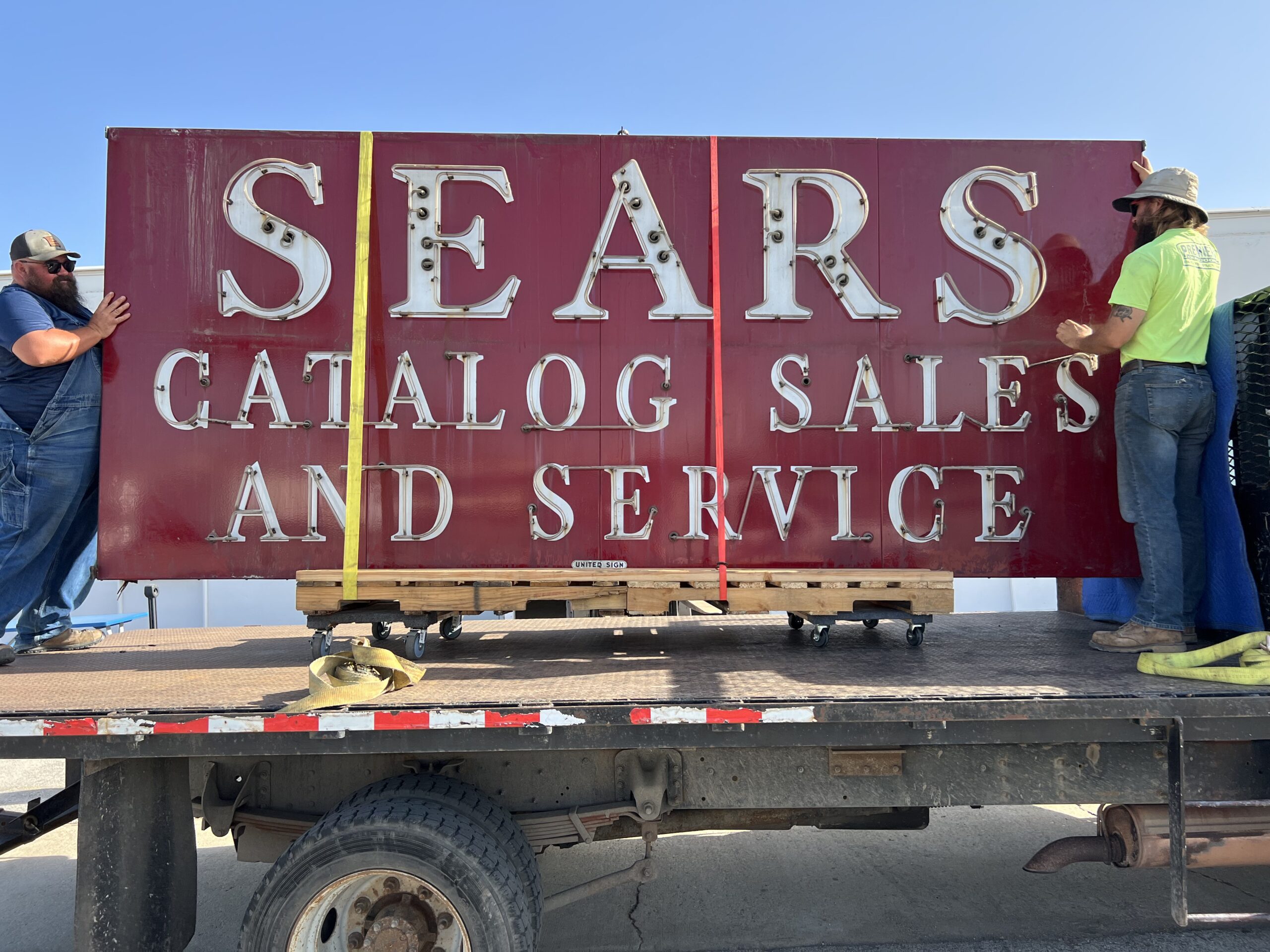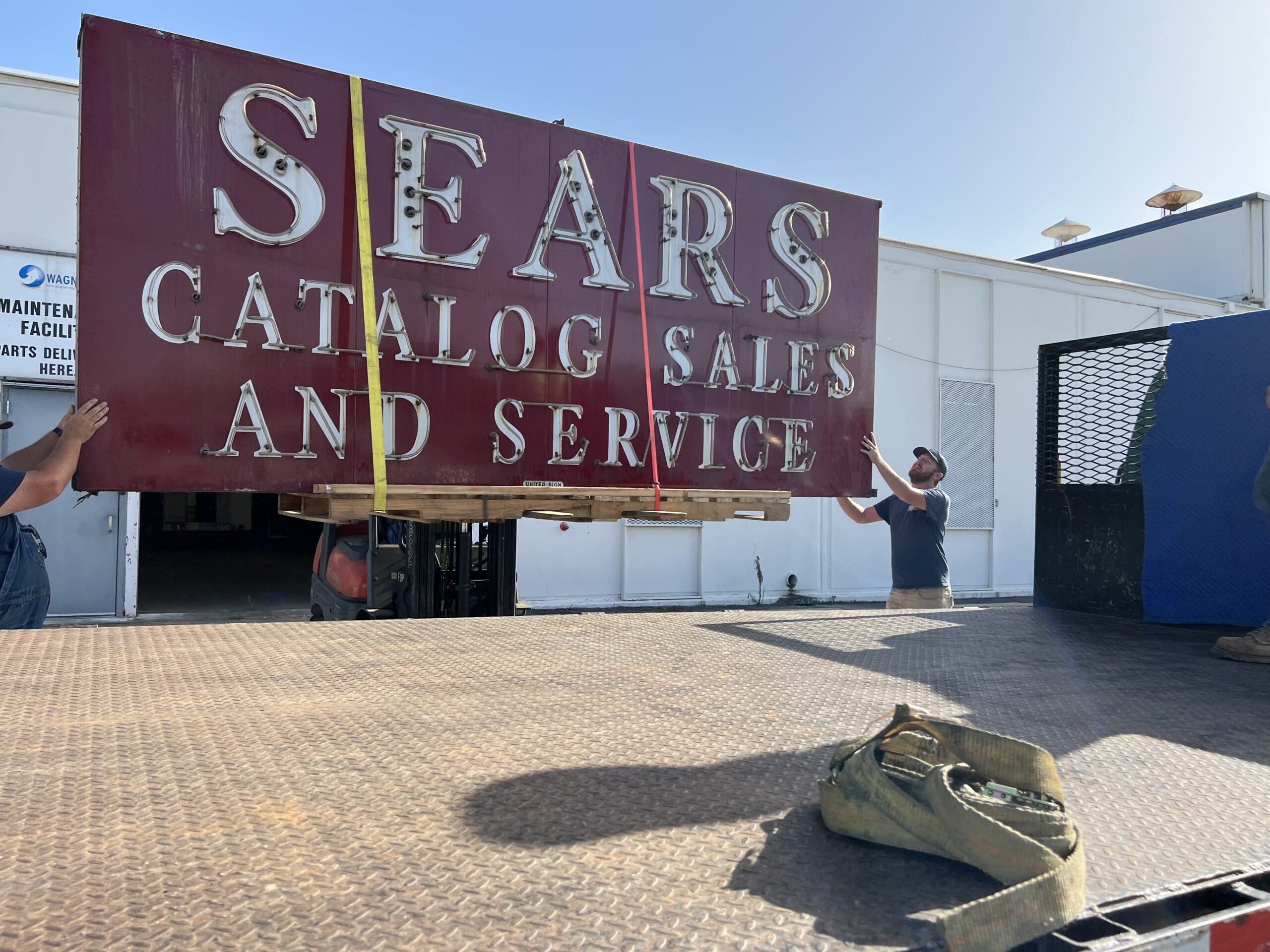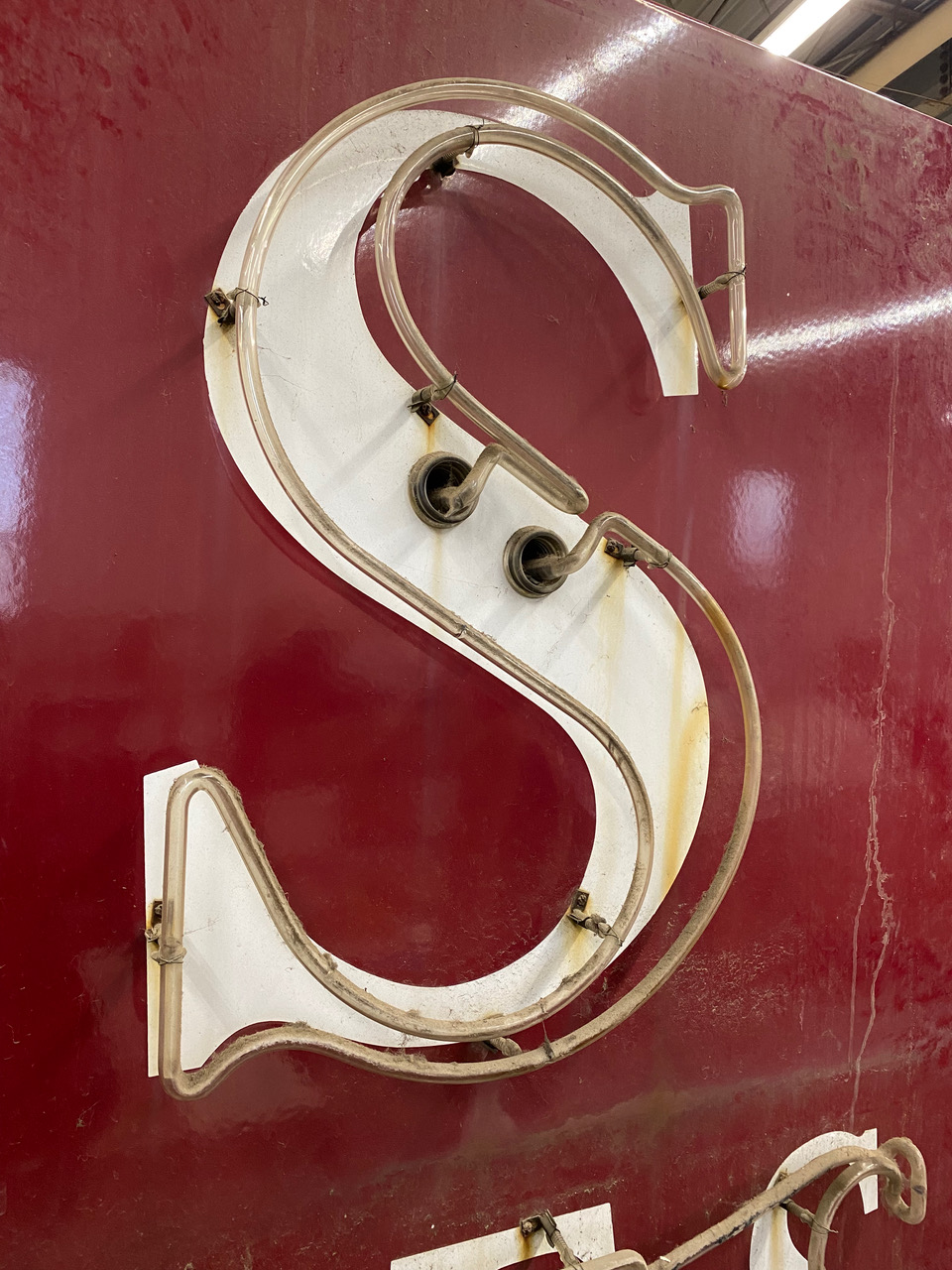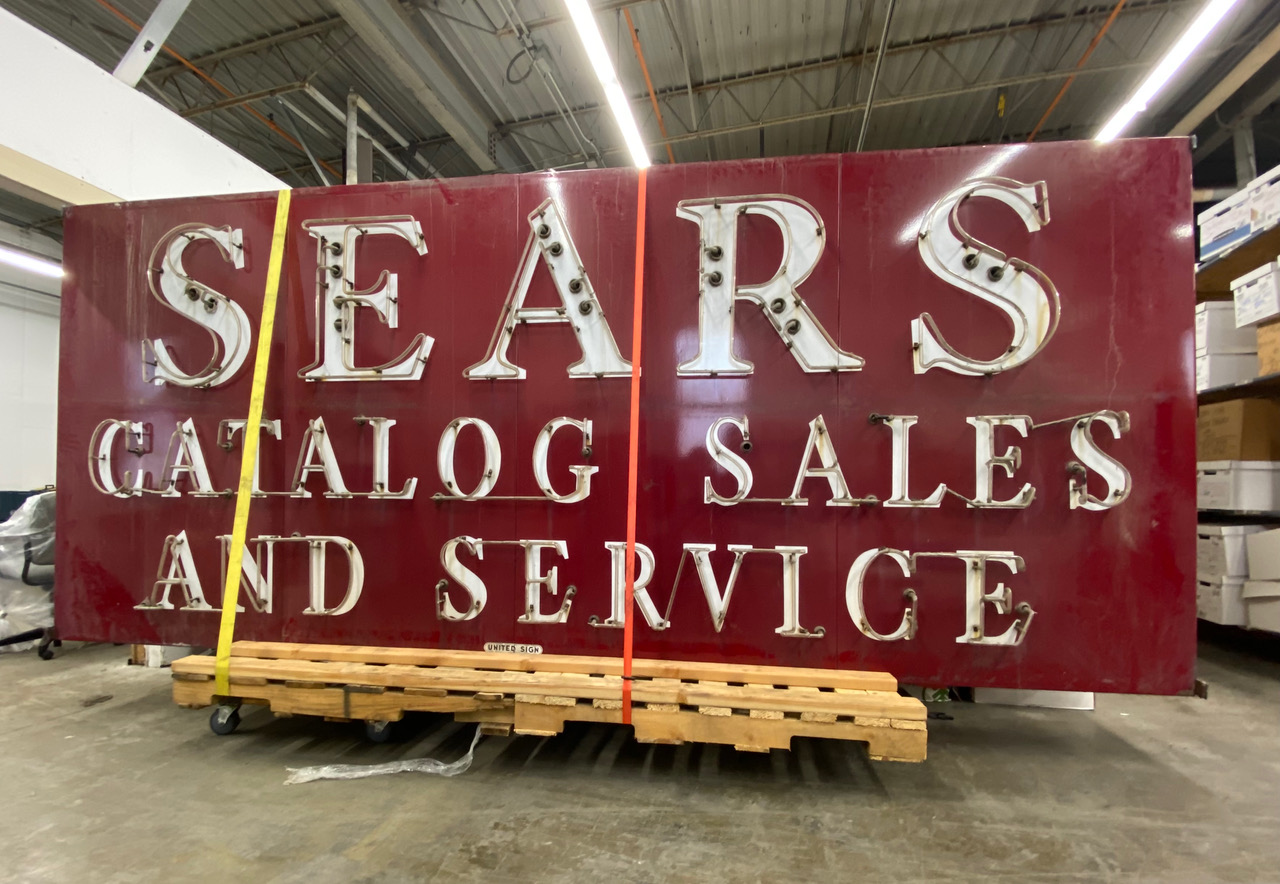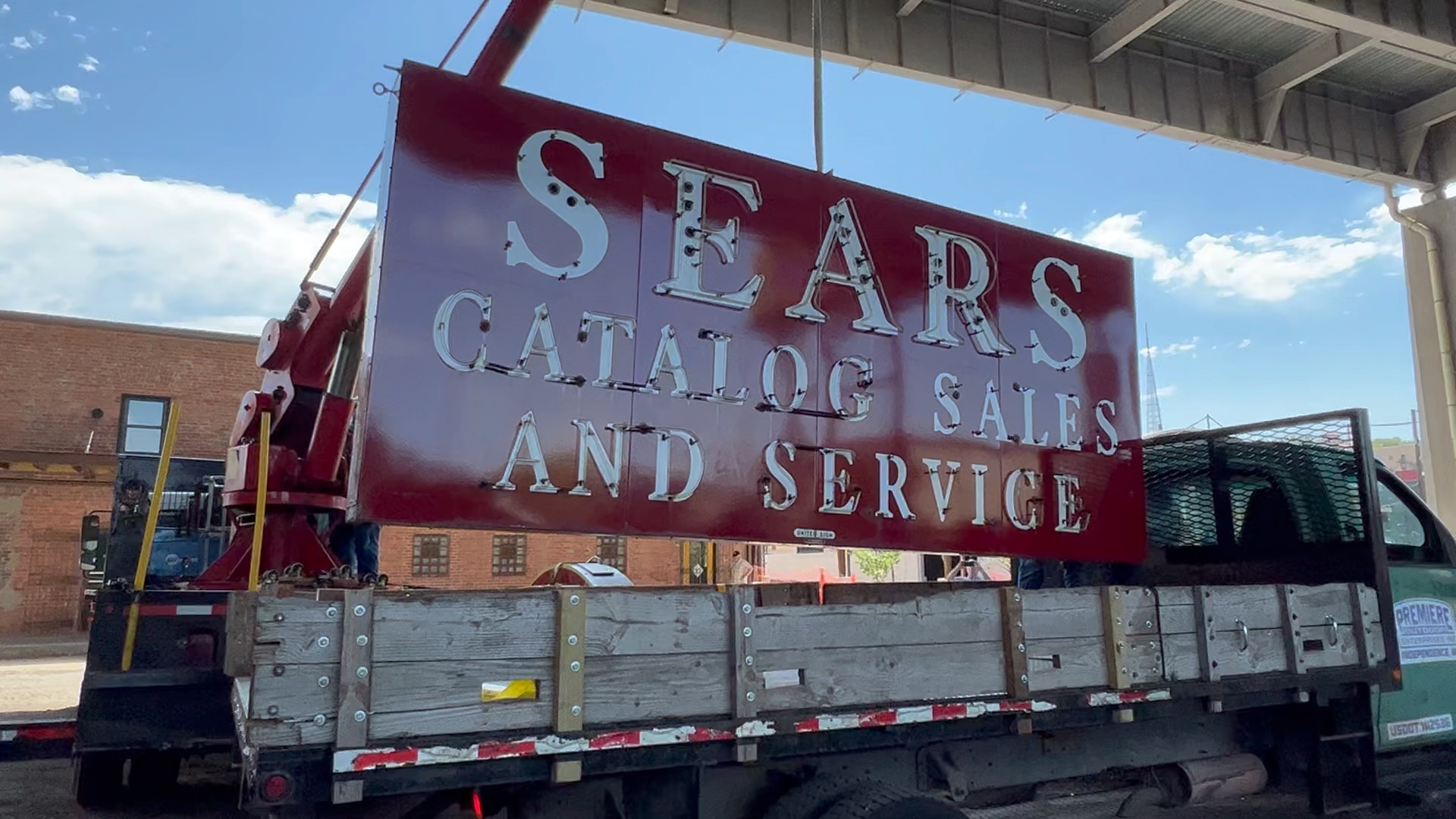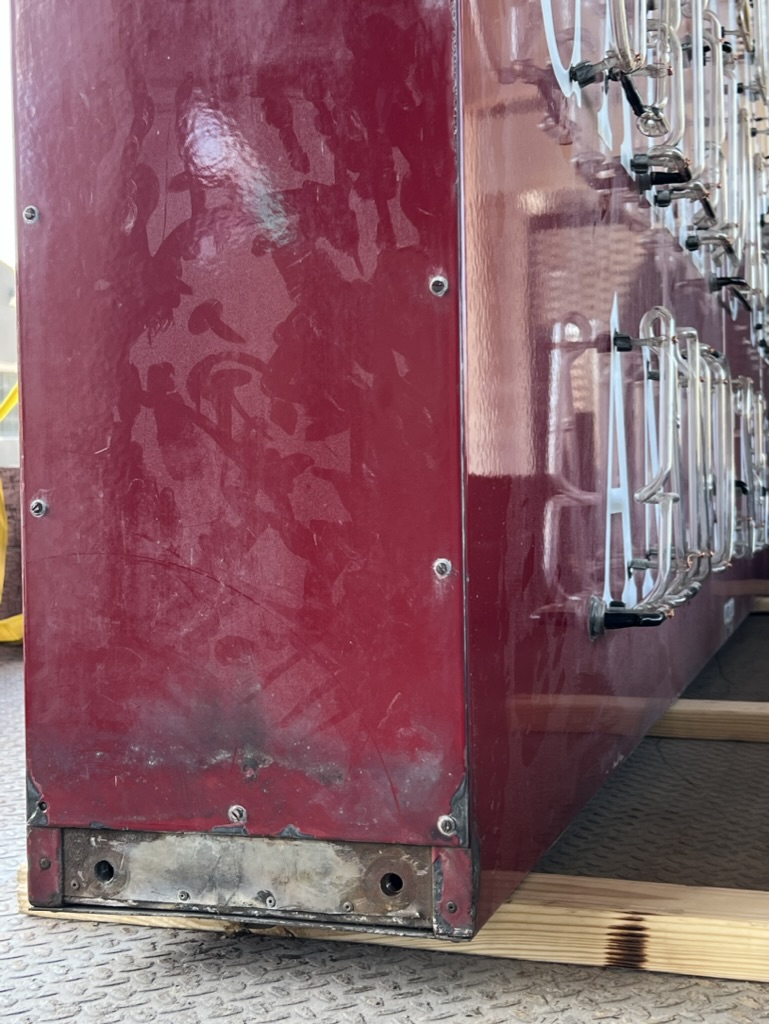Sears Catalog Sales and Service
Sears Catalog Sales and Service
Before Wal-Mart, K-Mart or Costco, there was Sears, Robuck and Company, commonly known as Sears.
In 1886, Richard Warren Sears of Minneapolis started a mail-order business selling watches. In 1887 he met and teamed up with watch repairman Alvah Curtis Roebuck and moved to Chicago, where they published their first mail-order catalog. As product diversity grew beyond watches to include sewing machines, bicycles, sporting goods, and even cars, so did the catalog to 532 pages by 1895. But the national Panic of 1893 shook things up. Out went Robuck and in came Julius Rosenwald with a new management approach and more product diversification, including dry goods, drugs, furniture and apparel.
Sears dominated 20th century mail-order and retailing through expansion and diversification. The company went public in 1906 under the ticker name “S.” By 1925, Sears opened its first retail store, breaking retailing convention with its “working-class” locations, open floor plans, and a diverse product mix. The latest fashions were de-emphasized in favor of practical clothing. From 1908 to 1940, one could even order a ready-to-build home kit. By 1945, sales reached $1 billion.
The Sears Catalog became the consumer’s bible and the annual Christmas Wish Book full of toys and gifts a treasure trove for boys and girls of every age. It was even a euphonism for toilet paper in some rural communities. The name Sears was synonymous with household brands such as Kenmore, Craftsman, DieHard, Silvertone, Toughskins and Allstate Insurance.
The height of Sears success came in the 1970s with more than 35,000 locations, a whopping 350,000 employees, and the opening of its $100-million, 110-story Sears Tower–at that time, the tallest building in the world.
By over expansion and diversification in the non-retail sector, Sears lost its stronghold on retail to Wal-Mart by 1990. Distribution costs scuttled the catalog in 1993. After bankruptcy and numerous attempts to reorganize, few Sears stores exist today.
Our Sears neon sign was graciously donated by John Wagner of Wagner Logistics at 1201 E. 12th Street in North Kansas City, MO, the same address as the Sears Catalog Sales and Service facility, a regional distribution center and pick-up facility for catalog customers. It closed between 1992 and 1993.
The 1964 sign was made by United Sign Company of Kansas City. Its double-sided porcelain sign and red neon are in remarkably good condition, due in no small part to the fact that the sign was hidden beneath a wood frame and roof shingles for more than 17 years. When updating his company’s sign in 2021, Wagner discovered the hidden Sears sign behind his original 1995 sign. Don Richwine, a Wagner warehouse employee, rescued this beauty without breakage.
For LUMI, this sign is a good reminder that vintage neon could be hiding anywhere. Keep your eyes open.
Before Wal-Mart, K-Mart or Costco, there was Sears, Robuck and Company, commonly known as Sears.
In 1886, Richard Warren Sears of Minneapolis started a mail-order business selling watches. In 1887 he met and teamed up with watch repairman Alvah Curtis Roebuck and moved to Chicago, where they published their first mail-order catalog. As product diversity grew beyond watches to include sewing machines, bicycles, sporting goods, and even cars, so did the catalog to 532 pages by 1895. But the national Panic of 1893 shook things up. Out went Robuck and in came Julius Rosenwald with a new management approach and more product diversification, including dry goods, drugs, furniture and apparel.
Sears dominated 20th century mail-order and retailing through expansion and diversification. The company went public in 1906 under the ticker name “S.” By 1925, Sears opened its first retail store, breaking retailing convention with its “working-class” locations, open floor plans, and a diverse product mix. The latest fashions were de-emphasized in favor of practical clothing. From 1908 to 1940, one could even order a ready-to-build home kit. By 1945, sales reached $1 billion.
The Sears Catalog became the consumer’s bible and the annual Christmas Wish Book full of toys and gifts a treasure trove for boys and girls of every age. It was even a euphonism for toilet paper in some rural communities. The name Sears was synonymous with household brands such as Kenmore, Craftsman, DieHard, Silvertone, Toughskins and Allstate Insurance.
The height of Sears success came in the 1970s with more than 35,000 locations, a whopping 350,000 employees, and the opening of its $100-million, 110-story Sears Tower–at that time, the tallest building in the world.
By over expansion and diversification in the non-retail sector, Sears lost its stronghold on retail to Wal-Mart by 1990. Distribution costs scuttled the catalog in 1993. After bankruptcy and numerous attempts to reorganize, few Sears stores exist today.
Our Sears neon sign was graciously donated by John Wagner of Wagner Logistics at 1201 E. 12th Street in North Kansas City, MO, the same address as the Sears Catalog Sales and Service facility, a regional distribution center and pick-up facility for catalog customers. It closed between 1992 and 1993.
The 1964 sign was made by United Sign Company of Kansas City. Its double-sided porcelain sign and red neon are in remarkably good condition, due in no small part to the fact that the sign was hidden beneath a wood frame and roof shingles for more than 17 years. When updating his company’s sign in 2021, Wagner discovered the hidden Sears sign behind his original 1995 sign. Don Richwine, a Wagner warehouse employee, rescued this beauty without breakage.
For LUMI, this sign is a good reminder that vintage neon could be hiding anywhere. Keep your eyes open.
